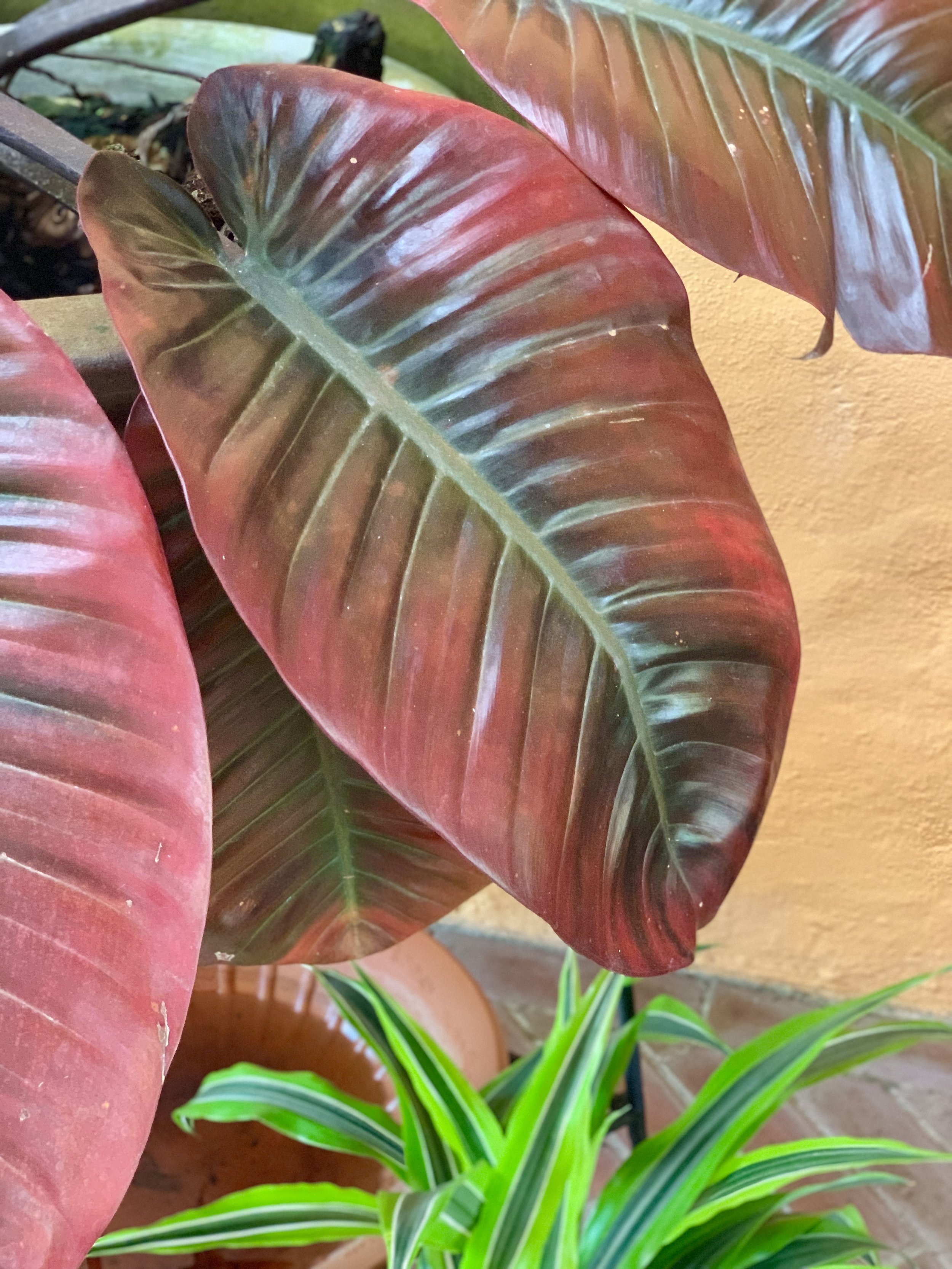I was recently in my birthplace of Panama. Over ten days it was a visit to some of the prettiest landscapes of my dynamic homeland as well as a return to family.
We had culinary experiences too. In Boquete, a coffee-growing mountain town in the distant province of Chiriquí, we shared a couple of meals with Charlie Collins one of Panama's premier chefs and author of T'ACH: Panamanian Native Cuisine, both a prize-winning cookbook and exhaustive investigation into Panama's cooking in different regions of the nation.
"Chale" is a good friend of one of my brothers and sat with us, echando cuentos. When he asked me what Panamanian food I most like to eat, I said—por supuesto—arroz con coco y guandú. This is a Panama staple of rice with coconut and guandú beans. And—of course—sancocho panameño.
Sancocho is Panama's classic chicken soup prepared with different ingredients in different regions of the country. Chale went on to tell me step by step how to make sancocho tableño. Ingredients: gallina (hen), water, onion, garlic, culantro (long-leafed coriander), and ñame, a root vegetable, kin to potato. Salt and pepper to taste.
The day after I returned to New York I decided it was time for me to tackle the simple sancocho. I've always loved chicken soup: the Jewish New York version of chicken in the pot, the Colombian ajiaco with various potatoes, corn, and spices, served with fresh avocado, rice, capers and cream; the very green, Peruvian aguadito de pollo with chicken, rice, chile peppers, onion, garlic and a ton of pureed cilantro. These soups, I'd discovered, comfort the body and elevate the soul. I've always entertained the fancy of writing an article about the chicken soup phenomenon.
*
At North End Meats in Eastchester I asked for a hen. They had frozen hens wrapped in thick white plastic. At the local bodega I found culantro leaves and a chunk of ñame root. I let the chicken defrost slowly in the refrigerator for two days while I eyed warily the chunk of ñame that looked like a boulder. Would I be able to cut this hard thing without killing myself?
Monster chunk of ñame
Finally, it was time. I prepared the kitchen island. My synthetic cutting boards were not large and I didn't want to use the big wooden one, which I should have. I cut through the tough white plastic in the sink. Now I had to dismember the poor hen, cut it into parts. It was a brutal thing. I said a prayer over this creature.
I tried to cut through the flesh and joints with a sharpened knife and to crack the back with a cleaver. I ended up with mostly unrecognizable parts that I browned lightly in a big pot. Then I added water, the onion cut in quarters, smashed garlic, and chopped culantro, boiled this first then simmered for two hours. Gallina is tougher than pollo Chale had said, but it's sweeter.
The ñame was a surprise. Once I got past the skin, the knife went through the raw flesh easily. It reminded me of the texture of cooked ñame both dense and giving. I could almost taste the nutty flavor. In Julieta and María Fábrega’s cookbook, El libro de dos amigas cocineras. they reminds us to put the peeled ñame in cool water if it needs to sit, as it oxidizes immediately. It tuned pink instantly.
I added the ñame to the pot after the chicken felt tender to the fork (at least two hours) And that all cooked slowly for about 20 minutes. It was beginning to look like food.
A day later the caldo—the broth—was sweet, not dissimilar to the chicken in the pot I am used to making, simmered slowly with seven turnips.
This is my nostalgic food story. Next I'd like to make arroz con coco y guandu.
Here are a few of many photos of the gorgeous tropics. Thank you, dear cousin David—artist of every kind you can imagine—for your parrot menagerie (Lorenzo, Lororó, Lolo, Lilo, Cherubino, Kobi) and wild garden that I spent an afternoon exploring.
Philodendrum ‘Black Knight’
I’d never seen white ginger flowers! (the red ones are everywhere)
‘Old Man’ Cactus
David with his beloved dogs, Ringo and Brian.
You
You are my friends of gold, dear readers of my blog for several years. You don't know how important you are to me on the other side of this equation: writer and reader, a sacred duo.
My next blog will go out on the new Substack highway. It will look quite similar to what you've seen in the past. It will arrive from my new Substack address. Everyone here is automatically subscribed.
What remains exactly the same is me and our relationship. I am upping the interviews with Latinos and other hybrid Americans. I hope these conversations continue to enrich all of us.
Spanish food words:
EL SANCOCHO—Panamanian chicken soup, term also used in other countries of Central America and the Caribbean
EL CALDO—broth
LA GALLINA—hen
EL POLLO—chicken (usually male)
LA CEBOLLA—onion
EL AJO—garllic
EL CULANTRO—long-leafed coriander, strong flavor
EL ARROZ—rice
EL COCO—coconut
EL GUANDÚ bean (or guandules in other places)—pigeon peas
¡Buen provecho! Vamos a comer. Let's eat!
What’s your soul food?






